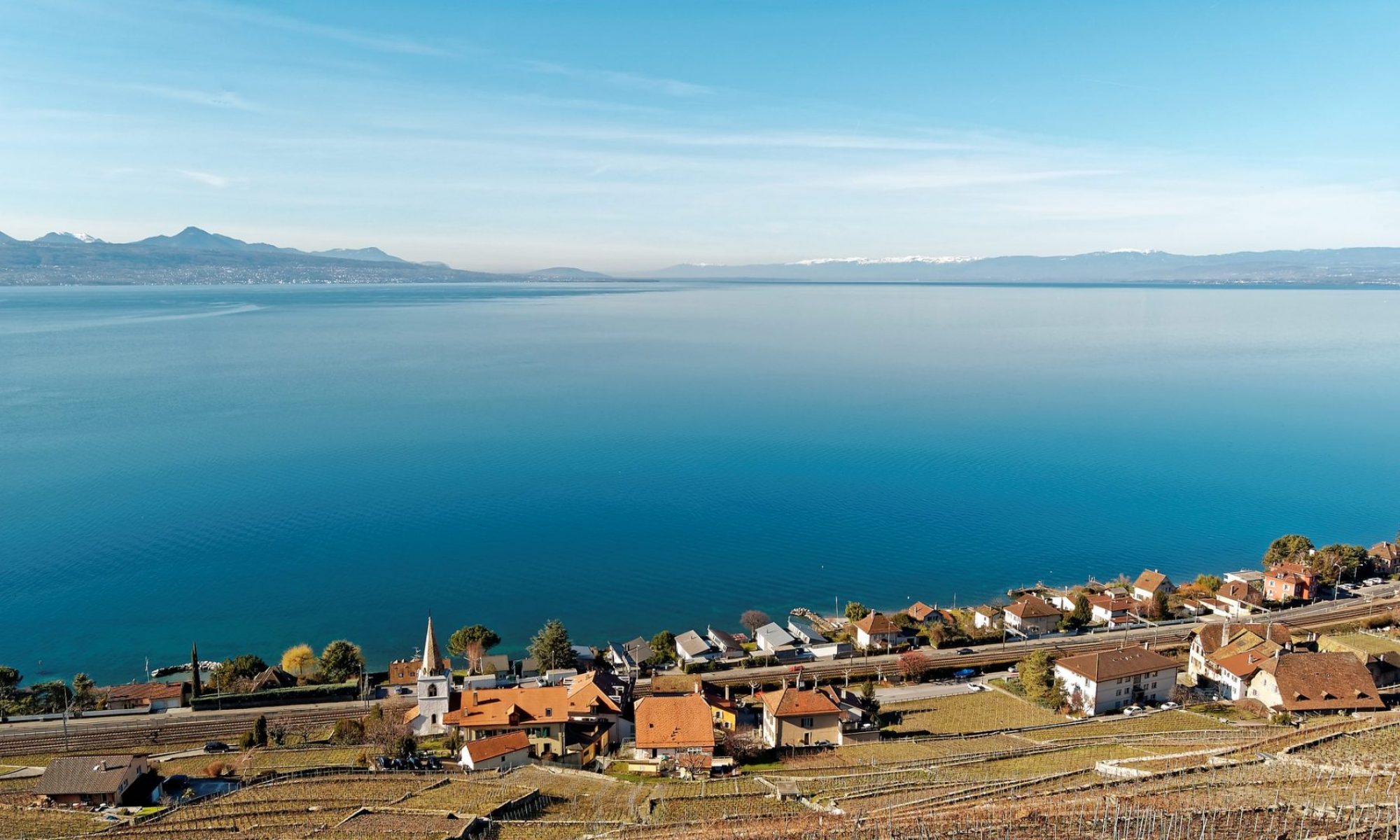Water dynamics and contaminants transfers from the shallow to the deep waters of a mid-sized lake
Projects :
- Thermal structure and circulation patterns of Lake Geneva applying three-dimensional (3D) finite element modeling
- Sediment Focussing – Implications for Contaminant Fate
- Hydrodynamic variability of lacutrine open embayments – implications for water quality
- Sediment contamination in the Vidy Bay
Supervisors :
- Dr Jean-Luc Loizeau – Institut Forel, University of Geneva
- Prof Walter Wildi – Institut Forel, University of Geneva
- Prof Andrew Barry – ECOL, EPFL
Summary :
In this subproject, lake measurement campaigns of temperature, sediment, and water tracers will support detailed 3-dimensional spatial and temporal modelling of the flows of water, energy, and sediments throughout the joint region linking the coastal zone and central lake. One sub-project will focus on sediment transport by geostrophic lake currents, a second sub-project will model lake hydrodynamics and quantification of transformation processes, and a third sub-project will investigate particle transport and re-suspension. All three sub-projects will employ extensive use and development of hydrodynamic models of the lake, and will investigate different transport scenarios engendered by different sets of forcing conditions. This Research Module will engage in synergistic data exchanges with Research Modules 2, 3, and 4. The latter investigations will provide a library of chemical and biological tracer data to validate the hydrodynamic modelling of Research Module 1. In return, this study will generate physical explanations for the observed temporal and spatial distributions of chemical and biological contaminants.
These projects will provide the tools and understanding to quantify the near-shore to deep transfer processes of a mid-sized lake, as well as shoreline transfer of water, sediments and aqueous phase constituents. Integration of results from the three projects on hydrodynamic, settling, and transformation modeling with experimental data will gain understanding of the main processes responsible of the contaminant transfer from the shore zone to the deep lake, and hence provide the tools for improved management of the lake water resource.
